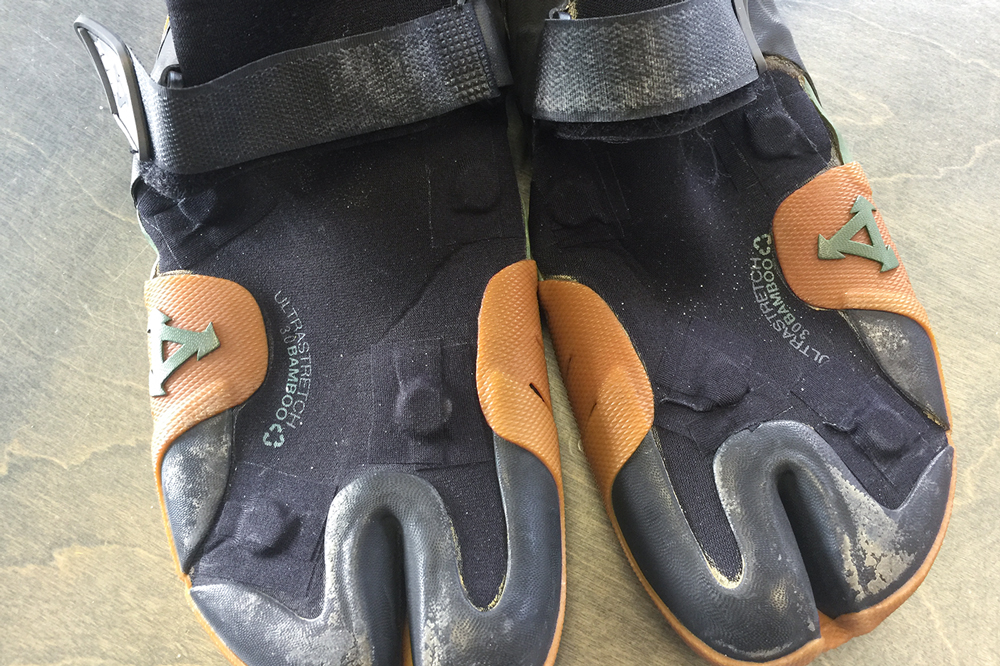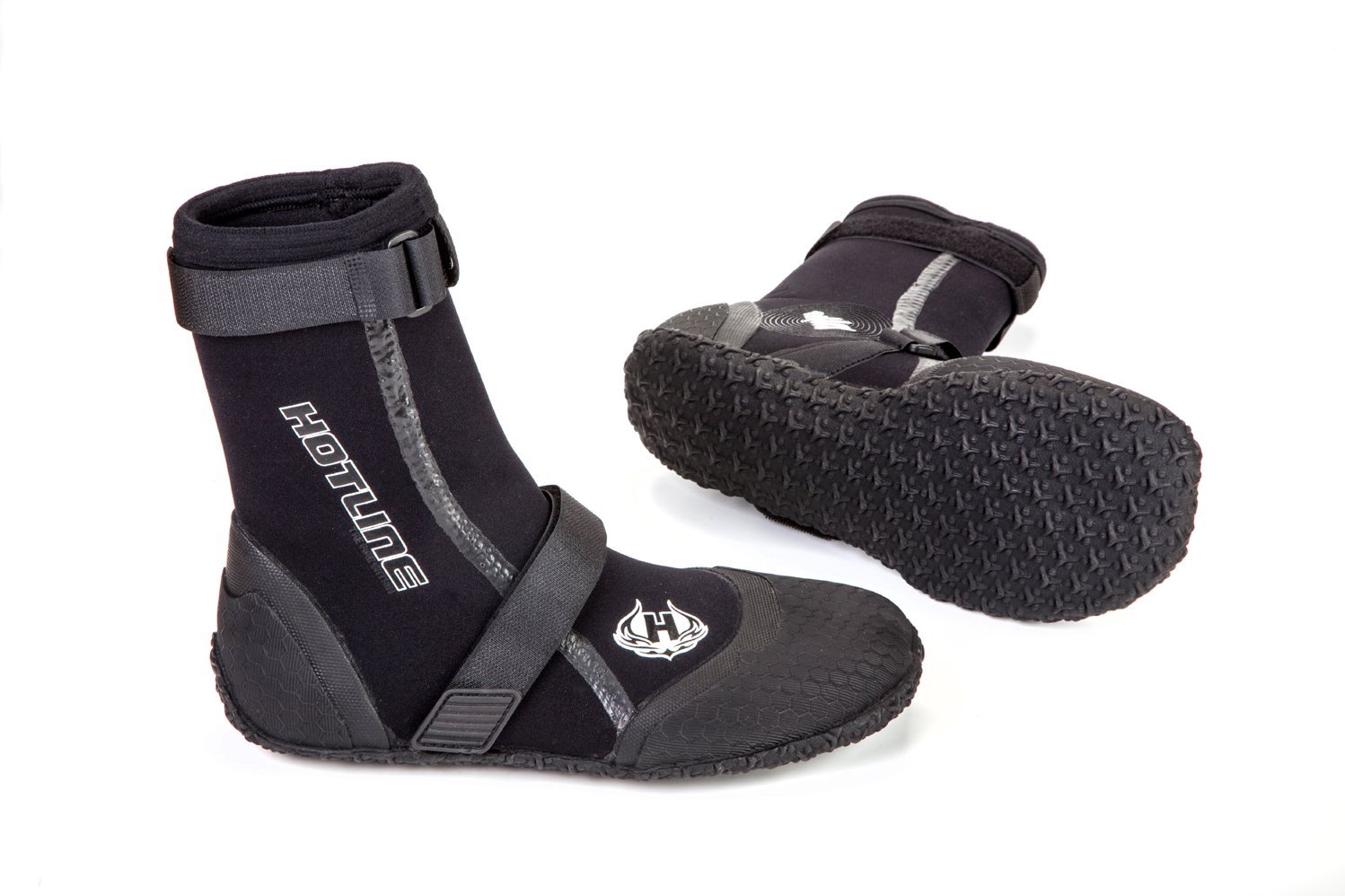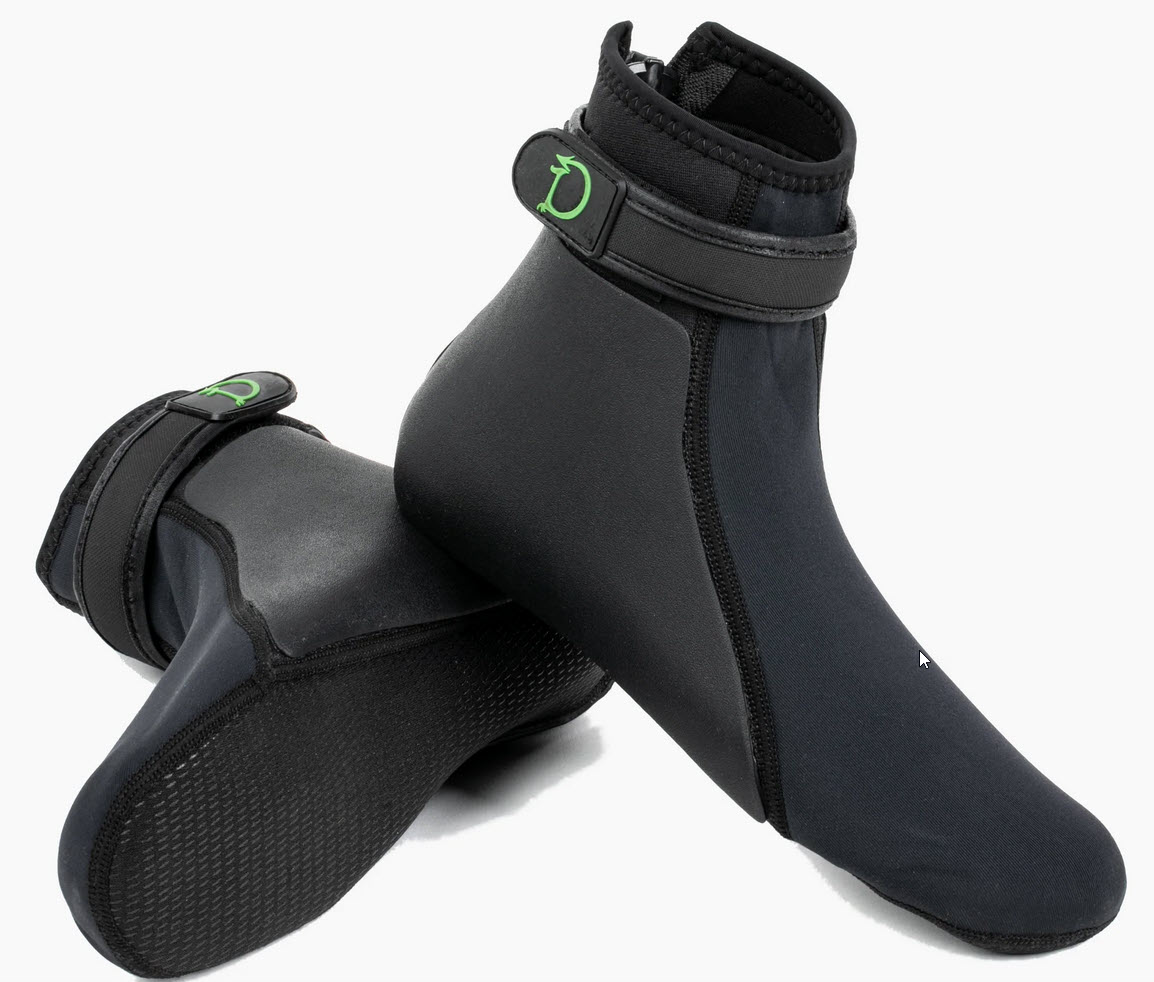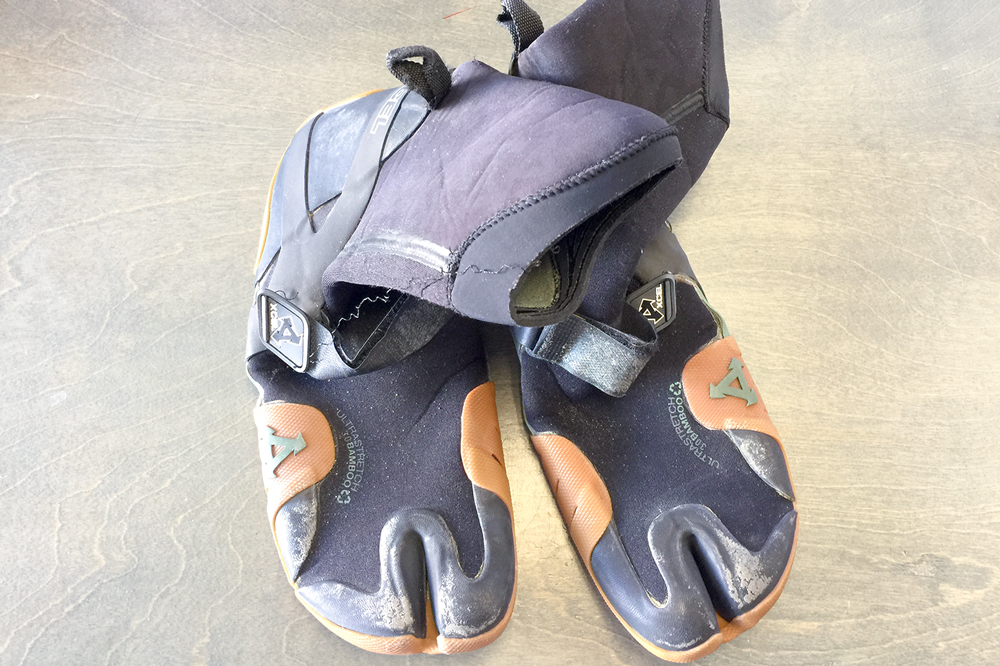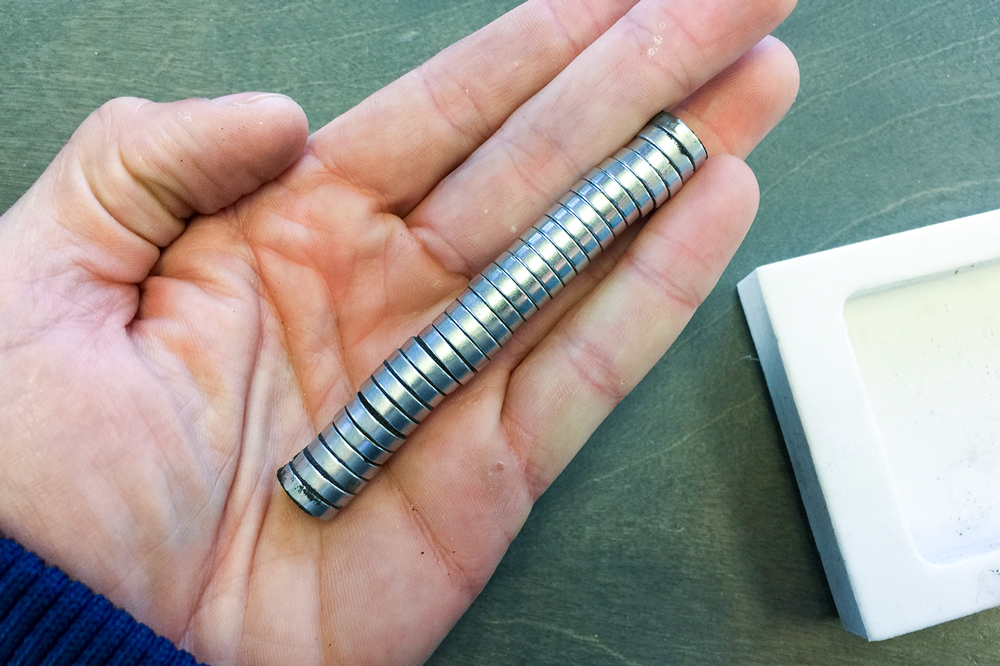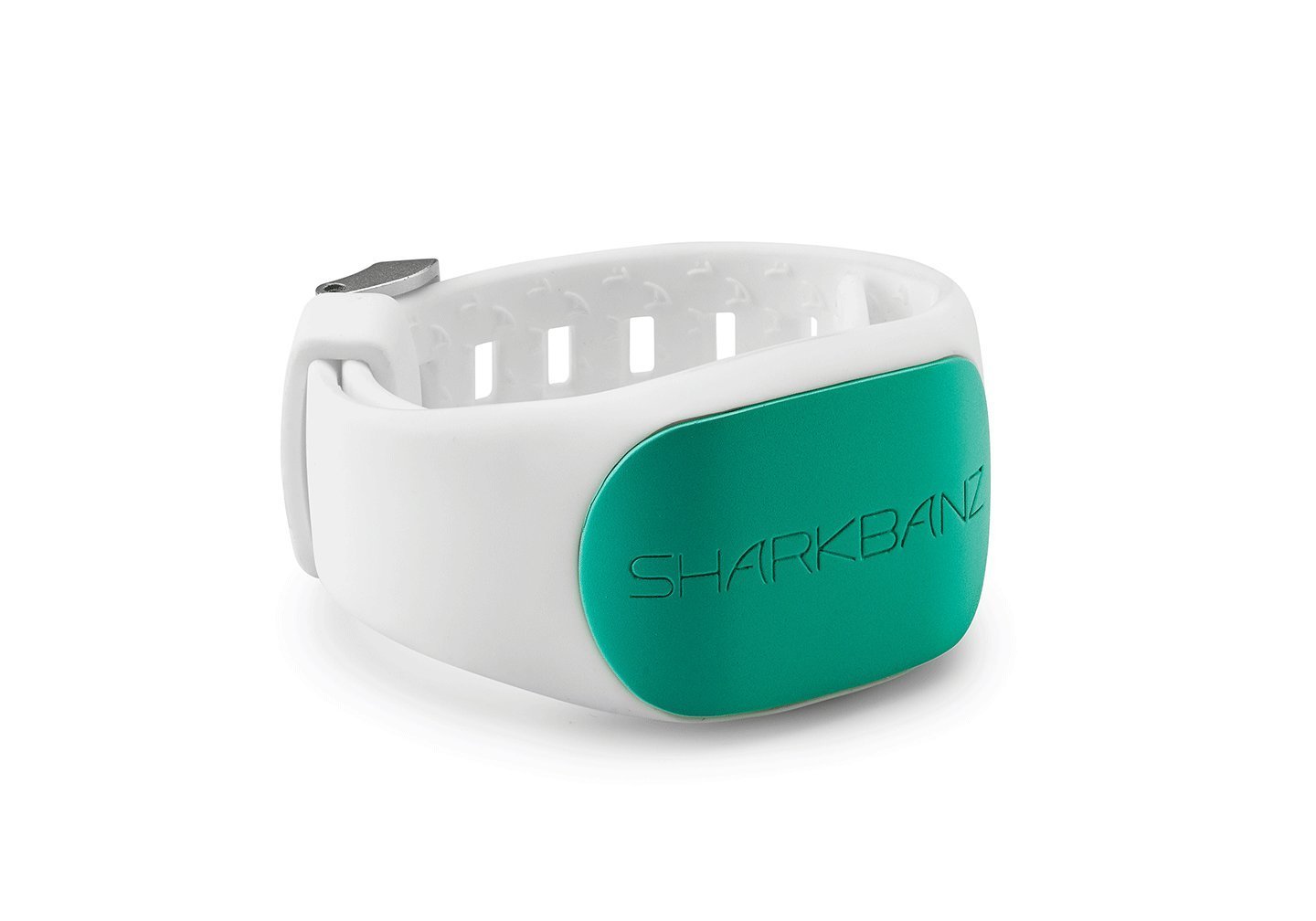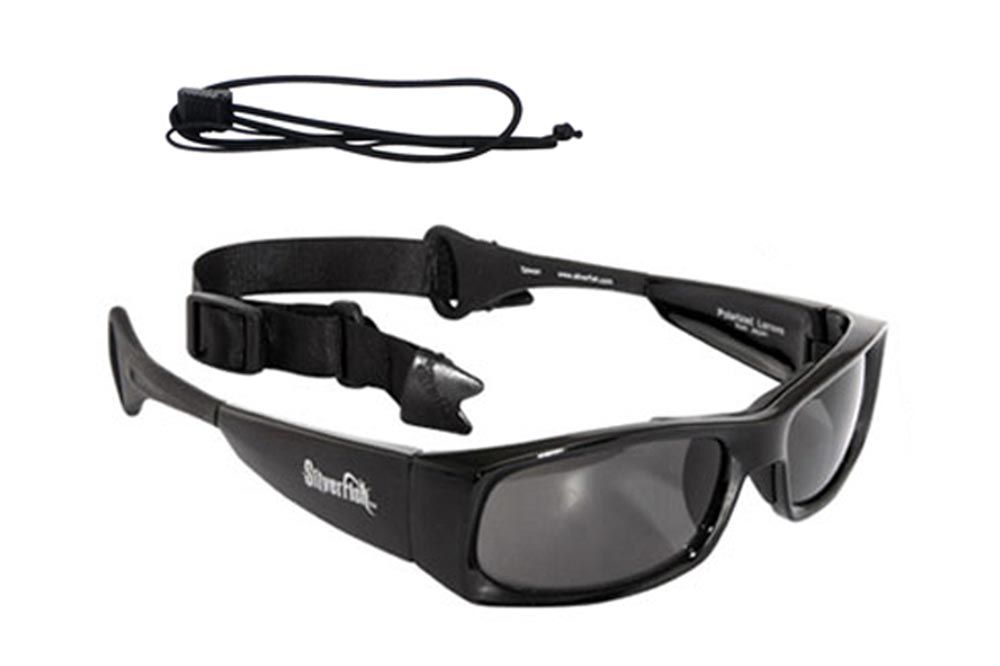Avoiding stingray injuries via puncture-resistant linings & behavior
& possibly magnets
Having been hit by stingrays 4 separate times, I have become somewhat of a first-person authority on stingrays and stingray injuries and how to treat them. A few locals now call me Stingray Brian.
Far from being “smart”, after my third stingray injury, I had a realization: Maybe I should protect my feet.
So I decided to try and make a pair of stingray-resistant/deterrent surf booties.
Hypothesis:
After some research and trial-and-error, I focused on 4 things to reduce the likelihood of future stingray injuries.
A fifth item was recently tested by a local named Trisha Dunne that I have been in contact with.
Follow these links if you want to jump to a specific section:
- A protective material guard: This is effective. Here’s why.
- A magnetic deterrent (“biotech”): I believe this is not effective. Here’s why.
- A behavioral deterrent: I believe this is effective. Here’s why.
- Enhanced vision: Polarized surfing sunglasses: This is effective. Here’s why.
- A sound deterrent: I believe this is not effective. Here’s why.
You can follow my process on each of these items below, and if you want to try it out for yourself, I’ve included direct links to the products I used on Amazon, where applicable.
1. Using a protective material guard
Verdict: Effective
For the protective guard, I wanted a material that would help eliminate or reduce any stingray barb injury by providing an extra layer of protection.
Existing stingray “boots” have been on the market for decades, but these are stiff and not pliable enough to be used by surfers… They are made for fishermen that wade in stingray-populated rivers.
So I started wearing wetsuit booties in the water.
Thick surf booties
I wanted wetsuit booties with the thickest reinforced rubber possible.
For my first design, I used an old pair of Hotline booties.
My thinking was that these would afford at least some protection against stingray barbs, as another layer the barb would have to penetrate.
I didn’t have to wait very long to test this. The very next time I was in the water, I took 2 “steps” (while shuffling) after getting off my surfboard, when I felt the razor-blade slice – right through the bootie.
As this was my fourth stingray injury, I can relate from personal experience: The laceration was indeed much less deep and less severe.
So if you see a guy out there wearing booties in the middle of summer, go ahead and give me grief for the fact I look like a goofball. I’m cool with that because I do look like a goofball.
But if you find yourself on the receiving end of a stingray strike (or four), you might consider wearing booties.
Complete protection: Puncture-proof material
One of my initial thoughts was to line a bootie with Kevlar. However, my understanding of Kevlar was pedestrian – pretty much limited to an education from Hollywood films.
As it turns out, Kevlar is pretty good at stopping ballistic threats (bullet-proof vests), but when it comes to stabbing attacks, only certain types of Kevlar are stab-resistant, at best. With most types of Kevlar, knives can go right through.
But wouldn’t it be great if there was a material that was scientifically proven to be 100% effective at protecting against stingray barbs?
There is.
In 2013, a student named Zachary McGaugh empirically studied 10 different puncture-resistant fabrics to determine which material would be most effective at preventing stingray injury as a surf bootie lining. You can read the abstract for this study, here: What Material Is Best for Lining the Inside of a Surf Bootie to Prevent Foot Penetration from a Stingray Barb?
The winner, with absolutely zero penetration in the study, was a material called Rhinoguard, manufactured by a company called Tilsatec.
If you want to get an idea of just how effective this material is at preventing puncture wounds, watch this video:
Great! Now to buy a sock made of this material that would go on the inside of a surf bootie!
Unfortunately, Tilsatec does not make a product like this.
They also don’t sell the material. Even if they did, I’d have no idea how to actually cut it or sew it!
I believe puncture-proof material to have the best potential for effective stingray resistant booties.
A commercial product is now available!
In 2020, I was contacted by Randy Lewis, an engineering graduate student at UCSD. Randy that told me that he was looking into creating a flexible bootie product that would provide resistance to stingray injuries.
After performing some research and testing, Lewis and his team created a company called DragonSkin that now has a few bootie models to choose from.
In 2021, Lewis brought me a prototype pair of the Achilles Heels model. He was very modest in letting me know that the product was still in something of a beta/prototype phase.
In 2023, Dragonskin sent me the final commercial version of the Achilles Heels.
What do I think of the product?
Lewis and his team have done the research on stingray injuries and the product materials. I’m confident in the product. In combination with proper stingray avoidance behavior, I believe this product can greatly reduce the likelihood of stingray injuries.
The booties have a 2-layer design. Each shoe has an inner layer (think: sock) with protection for the top and bottom of the foot. The outer layer (think: shoe) has protection for the sides of the feet.
Inside the box, they included an extra detail I thought was thoughtful: A postcard with a real stingray barb attached to it, so you can test it out on your booties to get an idea of how well they work.
DragonSkin continues to perform research on stingray injuries. In fact, if you’ve ever been stung, you can contribute to this research by filling out this Stingray Injury History Survey.
2. Using magnets as a “biotech” stingray deterrent
Verdict: Not Effective
Now I’ll discuss the idea of the magnetic deterrent.
Before you read further, know that I believe the magnets probably do not work and are a essentially a big placebo.
Can magnets overload a stingray’s electroreceptors?
Stingrays share some biology with sharks: Namely sensory organs / electroreceptors (called “ampullae of Lorenzini”) that are used to locate food.
A 2016 Shark Week special called “Sharks Among Us” explored the idea of magnetic barriers – and how scientists are exploring how magnets can be used to overload these sensory receptors, and hence deter sharks:
In the scientific literature, there’s a study called Responses of the southern stingray (Dasyatis americana) and the nurse shark (Ginglymostoma cirratum) to permanent magnets that shows further promise to the hypothesis that stingrays actively avoid magnetic fields. Here’s the abstract:
The behavioral responses of free-swimming, wild southern stingrays (Dasyatis americana) and nurse sharks (Ginglymostoma cirratum) to permanent magnets were evaluated in the Florida Keys, USA. Animals were attracted to a baited magnetic treatment board consisting of two 15 cm × 10 cm × 5 cm grade C8 Barium-Ferrite (empirically, BaFe12O19) permanent magnets producing a flux of 950 gauss at their surface and a baited procedural control board containing two smooth nonmagnetized clay bricks. In the presence of permanent magnets, D. americana and G. cirratum demonstrated a significantly greater number of avoidance behaviors away from the magnet side of the apparatus, while both species fed a significantly greater number of times from the non-magnetized procedural control side. Thus, D. americana and G. cirratum showed sensitivity to a magnetic field and were successfully repelled from baited areas containing magnets. The results from the current study suggest that the use of grade C8 Barium-Ferrite permanent magnets as an avoidance mechanism (e.g., repellent) to reduce elasmobranch mortalities associated with fishing operations and beach nets merits further investigation.
So there is the operative hypothesis, with some analogs and proofs of concept already out there.
Now, I thought, let’s glue some magnets to booties! My thinking was to start small – not with the gigantic, brick-sized permanent magnet mentioned in the study above.
You can see my process below, or you can skip to the part where I explain why I think these magnets do not actually work.
My attempt at making magnetic stingray deterrent booties
In my first attempt, I used a combination of hot glue and Gorilla Glue to affix some rare-earth magnets. This didn’t work, as all of the glued magnets ended up falling off after a couple surf sessions.
Below is my Mark II “current stable model”, and what I used on my booties for a couple years – before taking them out entirely.
Surf booties
I started with some surf booties.
The thicker the better, since I want the added benefit of a material guard.
Magnets
N52 rare-earth magnets are some of the strongest grade magnets available.
They’re actually somewhat difficult to get apart from each other.
Neoprene patches
Iron Mend Repair patches are easily applied with an iron.
How this works is that you have to make sure the booties are very dry first, then iron them on with the magnets underneath.
I had a total of six magnets on each bootie: 2 in front, 2 in the middle, and 2 on the Achilles tendon.
A patent for the magnetic surf bootie exists
After my first prototype was made, I got all excited and thought Wow! I should patent this!
It turns out that this exact patent was awarded in 2016 to inventor Michael Bobzien.
Bobzien has some videos on YouTube that seem to indicate the hypothesis is promising:
But… do they actually work?
I want to be clear about something. As far as deterring stingrays,
I assume the magnets do not work.
Biologist Craig O’Connell, who wrote the previously mentioned paper The Effects of Permanent Magnets on the Southern Stingray (Dasyatis americana) and the Nurse Shark (Ginglymostoma cirratum) claims that commercially available products like shark deterrent magnetic bracelets have no reliable effect on a shark:
Craig O’Connell, founder and director of O’Seas Conservation Foundation in New York, devoted his doctoral research specifically to the effectiveness of magnets. He and other experts warned against placing faith in commercially available anklets and bracelets bearing small magnets.
“The magnet is far too small to have a sufficiently large magnetic field to have any sort of reliable impact on a curious shark,” O’Connell said, noting that sharks even ate the devices (before spitting them back out) in his trials.
Consider that the size of the magnet used in O’Connell’s (successful) study is slightly larger than a standard mason brick. Not only is that unrealistic to wear, but as my father pointed out: You would really have to avoid any submerged iron pipeline!
Still, I think there’s a lot of interesting research that could be done here. Some questions I have:
- What is the approximate diameter of the magnetic field created by the six N52 magnets?
- What is the effective diameter the stingray can detect the magnetic field field?
- What magnetic field strength is necessary for the stingray to detect it?
- What is the behavior of the stingray once it detects the magnetic field: Fight or flight? In other words: Do the magnets repel or attract stingrays?
- Does this magnetic field created repel or attract other animals – such as sharks?
At the end of the day, “the jury is still out” on magnets as repellents for sharks and rays:
From the same USA Today article:
Chris Lowe, director of the Shark Lab at California State University at Long Beach, agreed: “The jury is still kind of out on repellents, and much of the science is done by the manufacturers.”
“The challenge is that there are a lot of different species of sharks, and situations vary,” said Lowe, who also works with Nat Geo on “SharkFest” programming.
“You might find something that 40 to 60 percent of the time will work, and, fair enough, that’s better than nothing. But any time you give somebody something like that, they tend to do riskier things.”
3. A behavioral deterrent: Stomping (not shuffling) your feet
Verdict: Effective
Shuffling doesn’t work. Stomping does.
You can greatly reduce your chances of a being injured by a stingray by exhibiting proper behavior.
I’ve written this separate post on why the practice of shuffling your feet to avoid stingrays is pure nonsense, and why stomping your feet works better.
Beyond stomping, the best way you can avoid the possibility of stingray is to limit your possibility for injury: Just get on your board as soon as possible.
4. Enhanced vision: Polarized surfing sunglasses
Verdict: Effective
Polarized surfing sunglasses help you see through water.
For many years I’ve worn polarized surfing sunglasses.
One side benefit of polarized surfing sunglasses is that they help you see through (calm) water by reducing glare and reflections. Hence, you can see stingrays in shallow water a lot easier.
Of course, the primary benefit is that they cut down on the harmful UV rays which cause cataracts and eventual blindness. They are also much more comfortable because you don’t have to squint, and I’ve found you can see the outside waves before the rest of the lineup.
I’ve written this post about the various surfing sunglasses I’ve tried.
The winner and the pair I currently wear? Silverfish’s Road Trip Sunglasses. I’ve had these for over 10 years now.
Buy them now on Amazon
5. Sound deterrent
Verdict: Not Effective
Underwater noise maker.
A local swimmer and scuba diver named Trisha Dunne contacted me in 2020 to let me know that she had been experimenting with a small underwater noise maker attached to anklet band. The noise maker supposedly can be heard underwater from up to 30 feet away (by humans).
In September of 2021, Dunne emailed me to let me know that she had been stung again – this time while wearing the shaker.
Stringrays do indeed have ears, and are sensitive to sound. A PhD Student at the Florida Institute of Technology named Cierra Braga explains that research has shown that stingrays hear within the range of 50-1000 Hz, whereas us humans hear between 20-20,000 Hz. Braga puts this perspective: “The lowest note for a cello is like the low sound exposure that the stingrays have a greater sensitivity.”
Summary, conclusions & parting thoughts:
What I do to protect my feet
At the end of the day, I’ve acquired some hard-earned knowledge about stingray injuries and avoiding them.
I can’t and won’t tell you what to do to protect yourself from stingray injuries. But I’ll summarize what I do now, and you can draw your own conclusions based on the fact I have not been stung again since doing all this:
- I wear booties every time I surf. Even in the summer. My assumption is that this won’t prevent any injury, but it will reduce the severity of any injury.
- I no longer have the magnets secured to the booties. I removed them since I don’t believe they do anything.
- I wear polarized surfing sunglasses, which allow me to see through calm water easier and visually identify stingrays while entering the ocean.
- I stomp my feet from the moment I get in the water until the moment I get on board. I do not shuffle.
- I get on the board as soon as possible.
Are stingray populations (and hence injuries) on the rise?
A few years ago, I was free diving just south of Beacons Beach in Encinitas, about 100 yards out. (I had no booties with me.)
I saw one stingray. No big deal. Then 2. Then 4. Then 12. I started thinking this is weird, I’m just going to get out.
On the way in, in 6 feet of water, I watched the entire floor turn to stingrays. I could not even see the sand on the bottom.
I believe they were breeding.
This was an odd thing to experience, and it made me realize just how many there are out there, sharing the same areas that surfers do every day.
If you’ve been surfing in recent years, you may get the feeling that stingray injuries are oddly on the rise. My hypothesis is that their populations are on the rise.
On December 29, 2017 an “infestation” of stingrays in Huntington Beach stung 73 people, with 45 people injured the day before: Marine Safety Lt. Claude Panis said that in his 40 years as a lifeguard in Huntington Beach, he had not seen as many stringray injuries in one day.
I do not believe reliable data exists on the number of stingray injuries over time. Lifeguards in California only track injuries in two categories: major or minor injuries. That’s all the data that’s currently available.
I have some data on when peak periods for stingray injuries may be for the last several years, based on Google Analytics data assumptions for visitors to the stingray-related pages on this site.
Doing the research
I’m not a materials engineer or a marine biologist.
If you have the means, time and education to do more research, please do so. Let me know your results, and I’ll happily include your findings here.
Similarly, if you are aware of any scientific literature on this topic that already exists and I have not already included it here, please let me know and I will update this post.
Be safe out there and have fun.
T.H.I.N.K. Post Eval:
True
Helpful
Inspiring
Necessary
Kind
